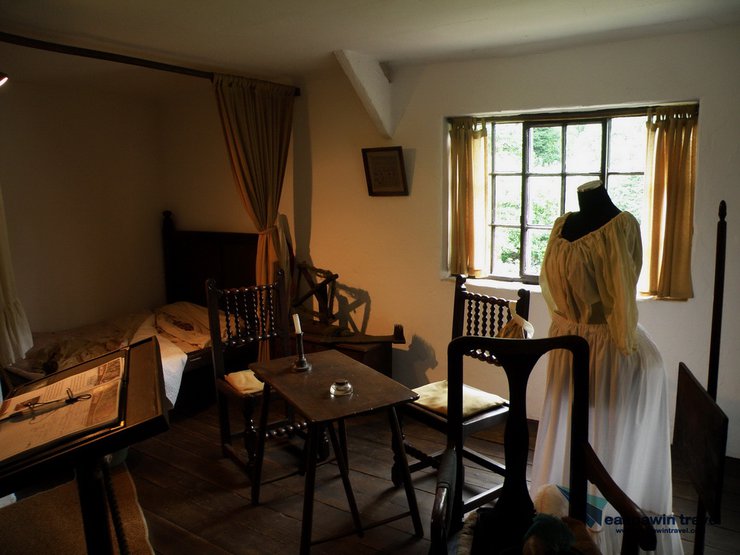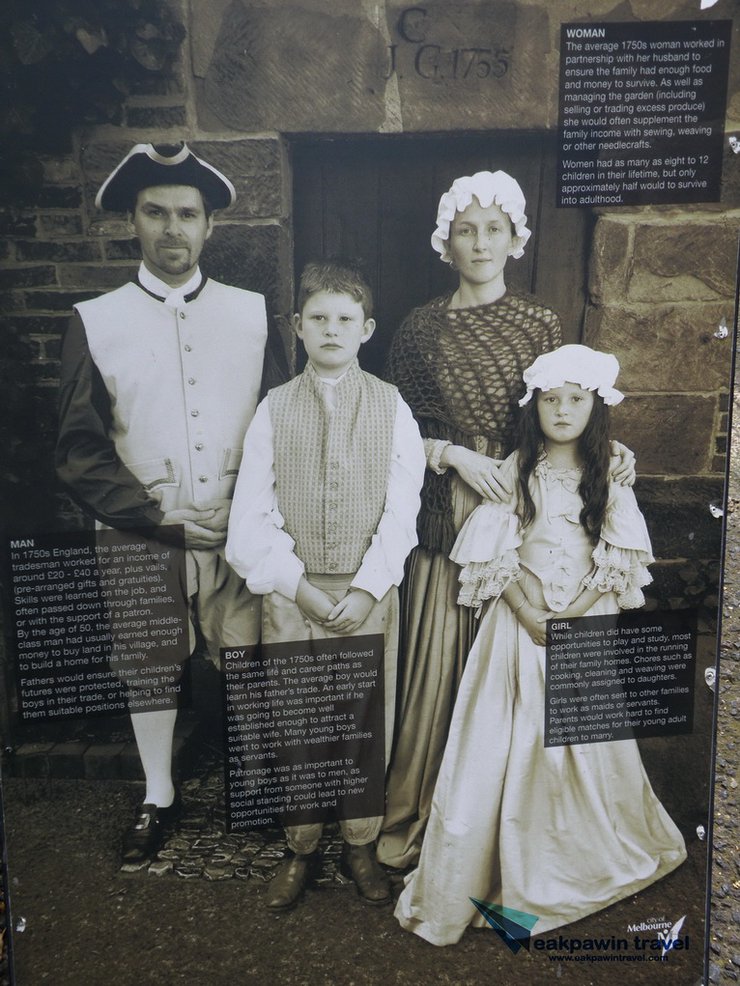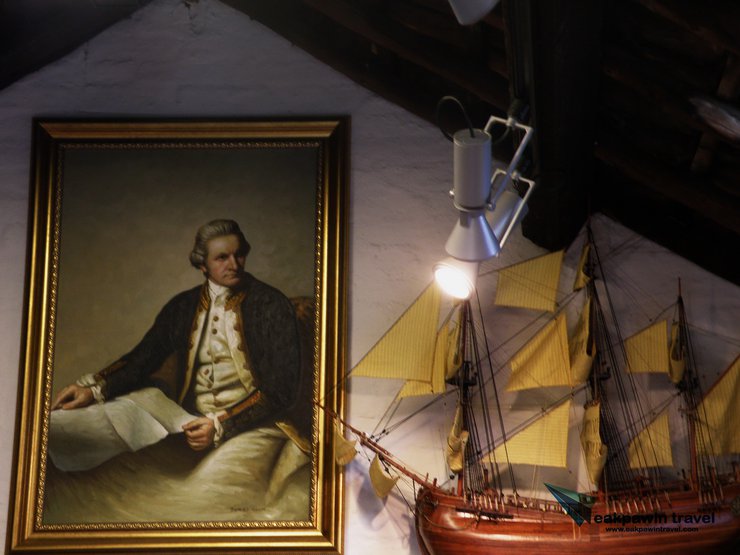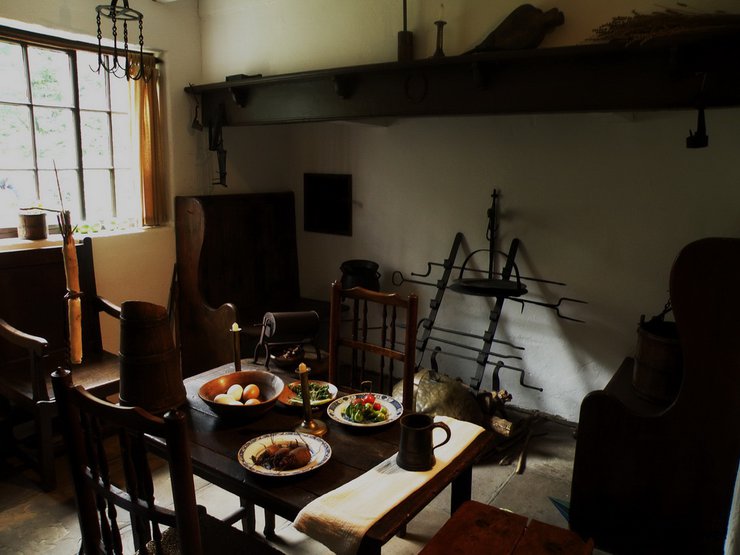
Captain James Cook, an English explorer, navigator, and cartographer, is credited with discovering the continent of Australia. While other explorers had previously visited this uncharted territory, James Cook formally claimed and annexed the discovered land as a British colony.

James Cook was born into a humble family in Marton, Yorkshire. His parents, James senior and Grace, were farm laborers. In 1770, the Cook family relocated to Great Ayton. Captain James Cook discovered Australia, explored its coastline, and claimed it for King George III of England. He died at the age of 50, murdered by Hawaiian natives who had a conflict with him and his expedition.

Captain Cook's Cottage: A Historical Relic in Melbourne
Captain Cook's Cottage, nestled within Fitzroy Garden in Melbourne, Australia, stands as a testament to the early life of the renowned explorer. Built in 1755, the cottage served as the home of the Cook family in Great Ayton. It is believed that James Cook spent a portion of his childhood within its walls and returned to visit his parents after his explorations of Australia. While the original Cook family home in Marton has succumbed to the passage of time, this cottage remains the sole surviving structure directly linked to Captain Cook's life.

In 1933, Mrs. Dixon, the then owner, announced the sale of the house. Sir Russel Grimwade, a renowned Melbourne chemist and pharmaceutical businessman, decided to purchase it as a gift to the citizens of Victoria. This was in anticipation of Melbourne's centenary celebrations and to commemorate Captain Cook's discovery of Australia. Initially, Mrs. Dixon agreed to sell but insisted that the house, a historical landmark, remain in England. However, she was eventually persuaded to sell, reasoning that Australia was part of the British Commonwealth and there could be no more fitting gift for Melbourne's centenary.


The cottage was meticulously dismantled, each brick carefully numbered and packed into over two hundred crates. It was shipped to Melbourne by sea, arriving in April 1934. The ivy that had once covered the cottage was also cut and propagated, allowing it to grow and cover the cottage once again. Construction was completed six months later, and the cottage was handed over to the City of Melbourne on October 15, 1934, just in time for the celebrations. The cottage has been repaired twice since then, in the 1950s and 1978. An English-style garden has also been planted around the cottage.


The Captain Cook's Cottage showcases various household items, including tables, cabinets, beds, baby cradles, oil lamps, candlesticks, and weaving machines. Some items are antiques, while others are replicas of historical artifacts. A section of the cottage is dedicated to Captain Cook's voyages, with staff dressed in period attire to enhance the historical ambiance.
Captain Cook's Cottage is a significant tourist destination in Melbourne. Visiting Captain Cook's Cottage offers a glimpse into the oldest surviving building in Australia and a journey back in time to the era of Captain Cook's discovery of Australia.
eakpawintravel
Friday, September 27, 2024 10:41 AM
















